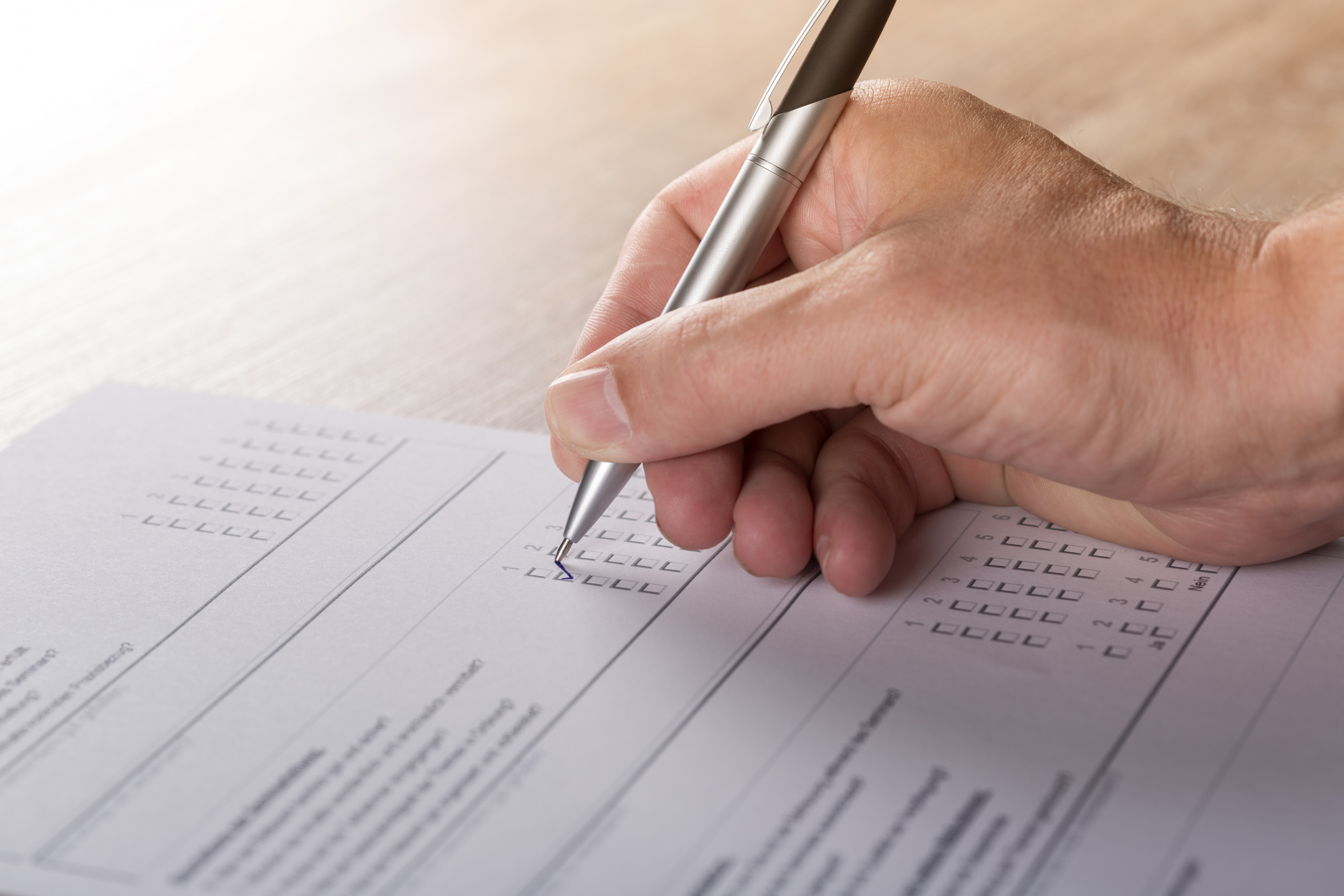Engineering Physics IF-AT

At a Glance
Discipline
- STEM
- Physics
Instructional Level
- College & CEGEP
Course
- Engineering Physics
Tasks in Workflow
Social Plane(s)
- Individual
- Group
Type of Tasks
- Solving problems
- Taking a quiz & test
Technical Details
Useful Technologies
- Scratch cards
Time
- Multiple class periods (2-3 classes)
Instructional Purpose
- Assessment & knowledge refinement
Overview
In this activity, students complete a two-stage exam using IF-AT scratch cards. To begin, students complete a regular test containing long answer and conceptual questions. This is completed individually (as normal). After the period ends, and prior to the next class, the instructor grades the tests and determines whether the students performed poorly enough to warrant a second stage (if not, the activity ends here and the tests are returned as normal).
If the second stage is to be completed, prior the next class the instructor prepares a multiple choice version of the test the students have just completed. All questions remain the same, but the most common incorrect answers are given as possible answers along with the correct one, and the test is formatted for use with IF-AT scratch cards.
The following class, students are split into groups of 3-4. Each is given a scratch card. In their groups, students discuss their solutions to each problem, determining which is correct and coming to a consensus. They then use a coin to scratch off the corresponding entry on the scratch card, which reveals whether or not they chose correctly. If the students reveal an incorrect answer, they may attempt the question again until they reveal the correct answer, however they are graded with steep penalties for revealing multiple answers. The results of the second stage allow them to regain a portion of their lost grades.
Instructional Objectives
Students review the results of their test, analyzing and discussing their responses.
Workflow & Materials

Activity Workflow
Applied Strategies
Published: 18/09/2018
Copyright: © 2025 Sumner. This is an open-access article distributed under the terms of the Creative Commons Attribution License (CC BY). The use, distribution or reproduction in other forums is permitted, provided the original author(s) and the copyright owner(s) are credited and that the original publication on this website is cited, in accordance with accepted academic practice. No use, distribution or reproduction is permitted which does not comply with these terms.

